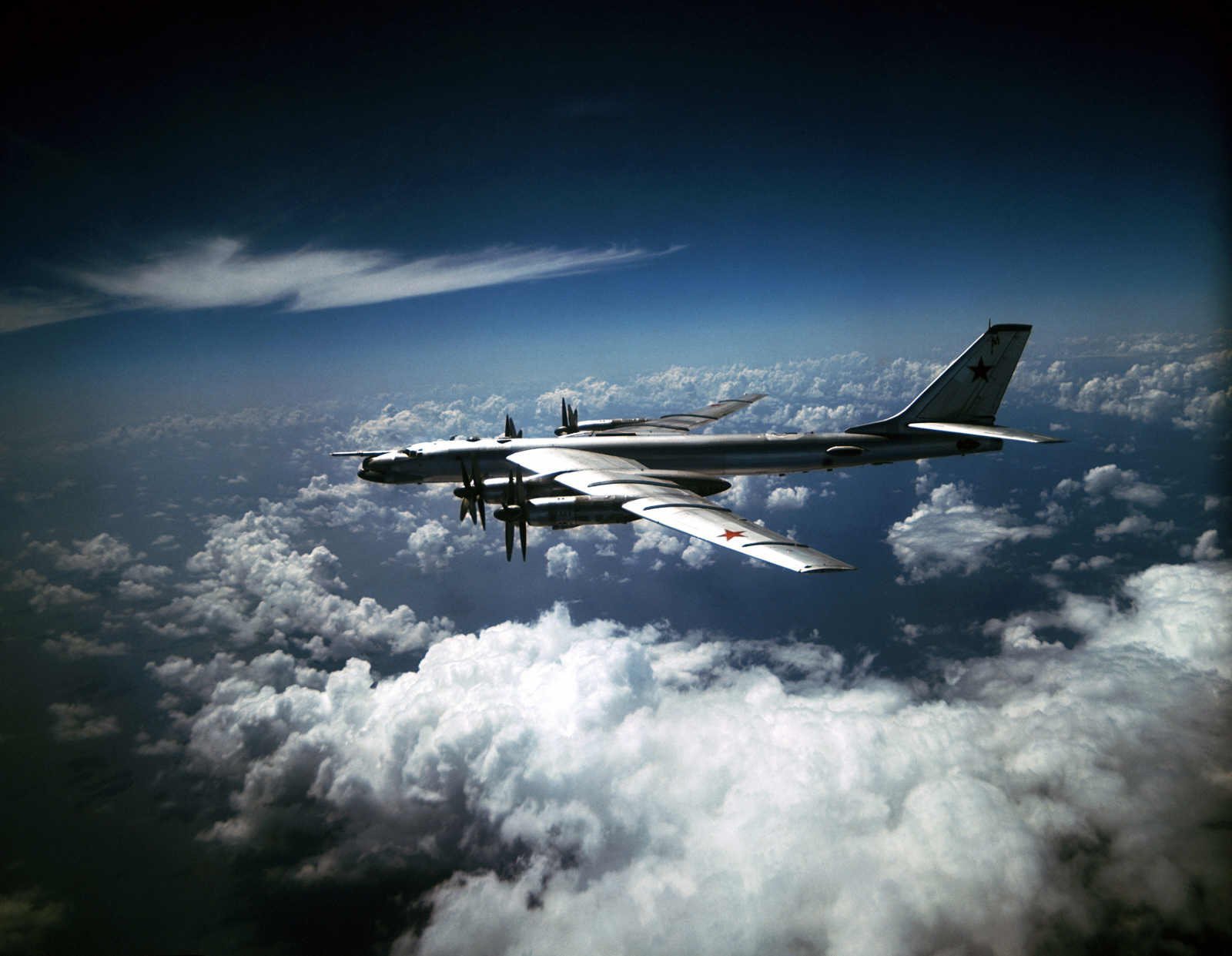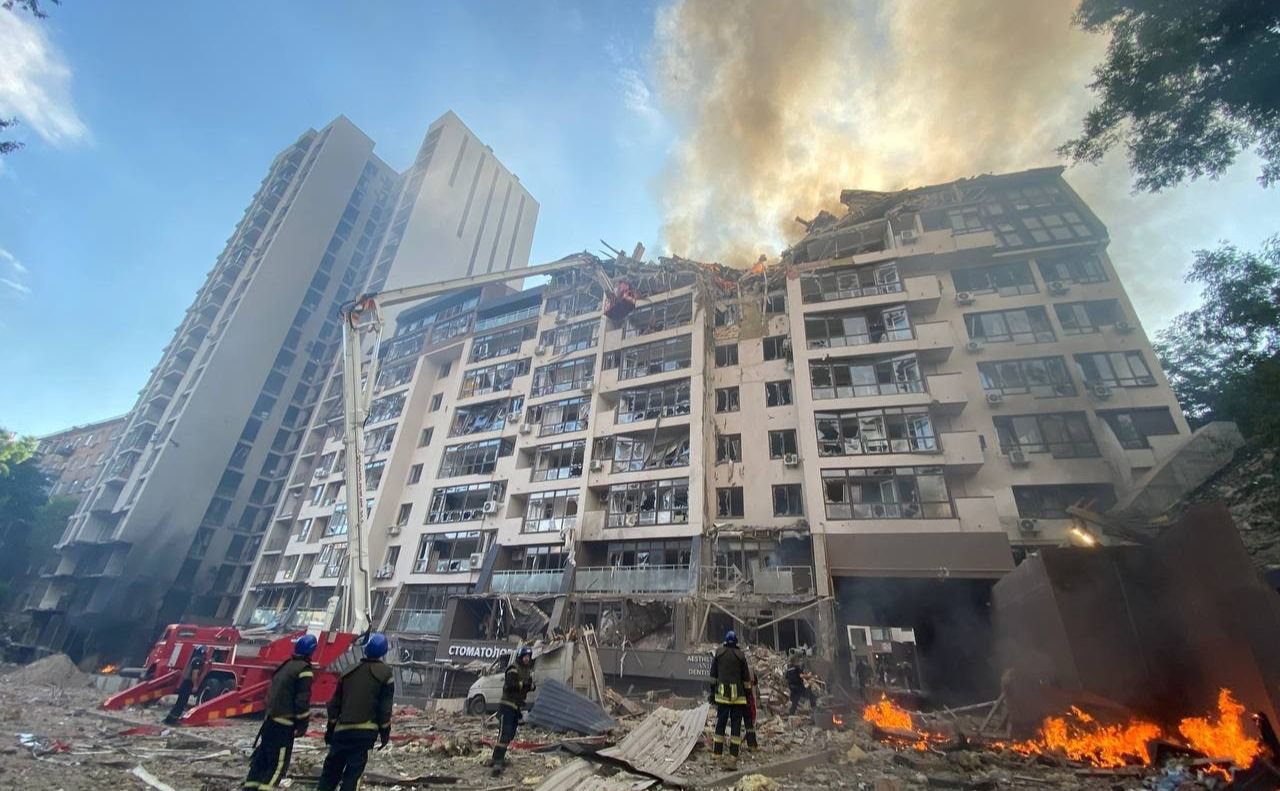Why Russian missiles strike from Caspian Sea
Russia periodically launches missile strikes on objects in Ukraine from the territory of the Caspian Sea. The sources of these strikes are both ships from the Caspian Fleet, which carry Kalibr cruise missiles, and Tu-95 and Tu-160 heavy bombers, which launch Kh-101 and Kh-555 cruise missiles on Ukraine’s territory while "barraging" over the Caspian waters.
Translated by Dmitry Lytov & Mike Lytov
But the Caspian Sea is far from Ukraine, and the western and northern borders of Ukraine are easily accessible by plane. So why are the strikes executed from such a remote location?
Technically, since Russia launches long-range cruise missiles with a declared flight range of up to 5,000 km, the place of the actual launch has no practical significance. Missiles from the Caspian Sea can reach Kharkiv, Dnipro, Vinnytsia, Lviv, Kyiv or Odesa with equal success. Therefore, most likely, the launches happen in the regions that have available volumes of missiles, which are then being sent to one or another strategic object in Ukraine, or when there is information about a corridor potentially free from Ukrainian anti-aircraft defenses and radars – not because it is more convenient to hit a specific point from there.
The Caspian location itself has several features that may explain why rockets fly from there with a certain frequency, namely from planes over the sea area.

The first reason is the geographical location. Although Russian Tu-95 and Tu-160 heavy bombers are based in the city of Engels near Saratov (southwestern Russia), some of the airfields in the Astrakhan region (which lies on the border between the European and Asian parts of Russia) can also receive them. Previously, Russia also claimed that military training using these bombers has taken place in this region. The rationale for using this location, therefore, is pretty simple – it is because there is a service base near the Caspian Sea.
Additionally, the southern regions of Russia are a no-fly zone, which allows them to be freely used for missile strikes. The second potential reason for the use of the Caspian region is the ability to conceal planned launches. The northern part of the Caspian Sea is fully controlled by Russia thanks to its fleet and military bases. This, as well as the maximum distance from the combat zone, minimizes the risk of the aircraft being shot down by the enemy (i.e. inaccessibility to radars) and reduces the number of potential extra witnesses to the missile launch. In the event that something goes wrong and the launch is unsuccessful, the missile or a plane will fall into the sea, and its fleet will be able to collect any secret data that may have been on the plane.
The third assumption for why missile launches happen from the Caspian Sea is to maximize the uncertainty for the enemy: the missile flies for a long time and can change its trajectory several times.
For example, the missiles launched at Kyiv were spotted over the South Ukrainian NPP, meaning that they may have flown over Crimea first or the occupied Kherson region. Missiles that could have potentially struck Western Ukraine were also shot down over Mykolaiv Oblast.
In case of such uncertainty, the siren must be turned on along the entire probable route. The psychological demonstration effect cannot be ruled out either: it is as if to say “Look, we have missiles with such a long range!” For propaganda purposes, you can also lie about their high accuracy, despite the thousands of kilometers of travel.

However, if at the beginning of the large-scale invasion, the Russians used to launch X-101 and X-555 regularly, now they do it mostly selectively, for example, during significant events to demonstrate their dominant power as was in the case with the last missile strike on Kyiv that happened during the G7 summit.
It is quite likely that there is also a geopolitical reason for the Russians to use the Caspian Sea's airspace and water area to attack Ukraine (and a few days before that – Syria). This is a demonstration of their actual military dominance to the neighboring states in the region. So far, Russia's Caspian neighbors – Kazakhstan, Iran, Azerbaijan and Turkmenistan – have no obvious conflicts with the Russians.
However, in current circumstances, Russia’s military muscle-flexing and otherwise “authority” status assertion in the region can no longer be considered “unnecessary”.

